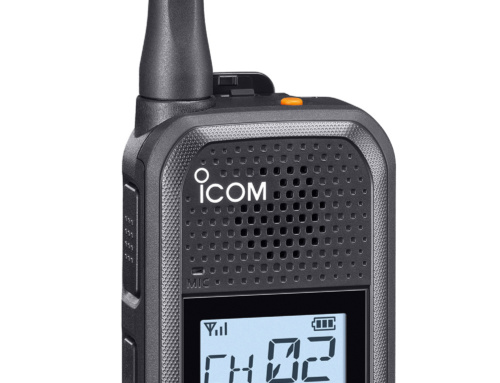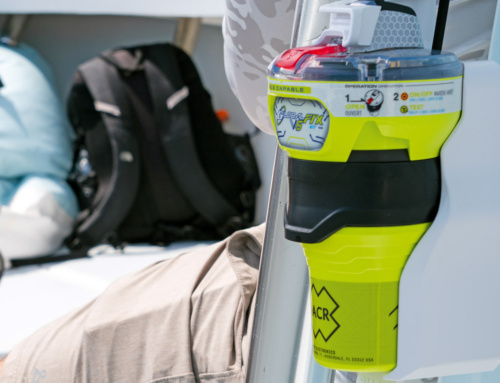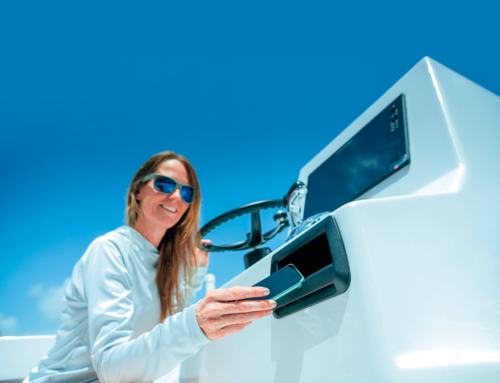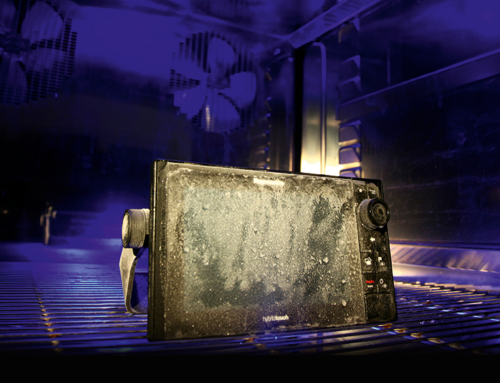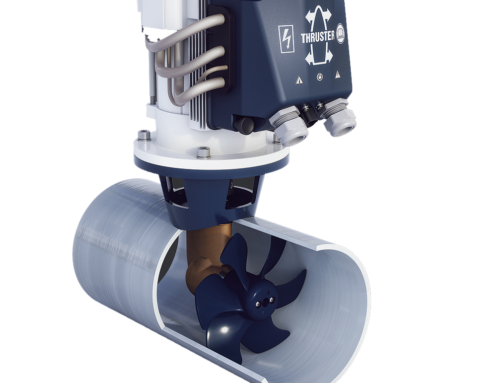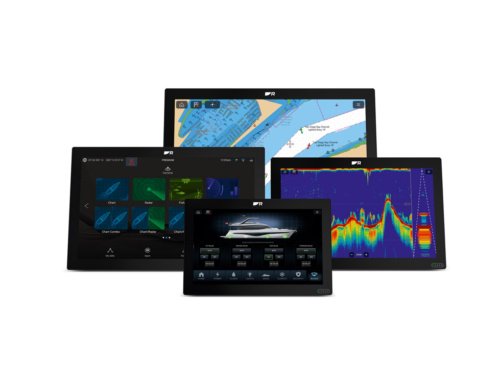With advances in engine technology and better hull designs pushing performance boundaries ever forward, the human factor often gets overlooked. It is not for the lack of choice in offshore seating that many of us choose to stand astride a jockey seat with our knees taking the impact, but the cost. There are some great seating systems (read ‘Shocking News’ by Dave Marsh in Issue 143), but most of these set-ups cost a small fortune in relative terms, and even the mid-priced options are still too much for the average sports boat.
But now Shark of New Zealand have come up with a simple, and consequently cost-effective, solution. Their modular lightweight composite-built seats use an old but effective concept – leaf springs. Those of you who remember leaf-sprung cars will be wondering about the credibility of the idea. However, powerboat seats do not have to suffer the type of impact, or the speeds, that cars are subjected to.
Shark seats are built using what is called ‘Flexanite composite’ – in simple terms a supertough, flexible, injection-moulded plastic. The first prototype seat was subjected to a rigorous 1,000,000 8-inch compression impacts at the University of Canterbury in New Zealand before Shark approved production – which can be viewed on Facebook. This relates to 30 years’ use at 500 hours per year. What strikes you is just how far this seat compresses, as it does not suffer the compression resistance that coil or air springs produce at the extremities of their travel. Fully compressed, the seat will travel 200mm (8 inches) with the two composite leaf plates bending outwards into a pair of semicircles. There is quite a bit of YouTube footage showing these seats doing their job at sea, which shows that this system can respond quickly, providing plenty of travel when needed. A long oil damper operates from the seat base to the deck mounting, passing through a hole in both leaf spring plates. It is claimed that Flexanite is strong enough to provide an effective material for the lifetime of any seat.
Shark state that the seat also reduces lateral and forward shock, due to its wide composite construction. On the basis that the plates are wide enough to compress to very slightly different degrees across their width, a limited amount of sideways movement can be absorbed, but I can’t imagine that this would be much. With regard to forward movement, the sloping construction means that any forward impact transmitted to the leading edge of the seat base results in the seat compressing as a consequence of the occupant’s weight contesting this force. If the seat was constructed with a vertically operating shock absorber, like a coil or pneumatic spring, this would not be possible.
The system is a three-tier modular design, with the top two levels being an upgrade on the preceding level. The base option is the FLEX suspension system, which is the shock-absorbing body comprising the double leaf spring and damper system assembly. It is 300mm wide, 350mm long, and 400 or 450 mm high when unloaded. It can be used with pretty much any seat of your choice, including the original seat in your boat. It weighs just 9kg and all metal fittings are 316 stainless steel. Having been tested in Icelandic waters, it is resistant to serious sub-zero temperatures, and can handle loads of between 40 and 130 kg. The next level is the ULTRA seating system, which, using the FLEX shock-absorbing body and fitted with a jockey seat/backrest, weighs in at 13kg. It is 320mm at its widest and is narrower at the front to accommodate your legs on either side. This also means you can stand with your legs either side and your backside wedged against the forward edge of the seat. The actual seat cage is made of a tough polycarbonate shell, while the foam is EA (energy absorbing), and not too surprisingly it is waterproof and fire-resistant. The top-tier set-up is the 16kg XTRA seating system, which has the addition of soft EA foam, and a stitch-free, stretch-fit neoprene seat covering for ultimate comfort. It also has a mounting base with a small storage compartment built in. This raises the seat height to 770mm, which for many RIBs or boats with the average-height console makes this the only option, unless there is a deck moulding that negates the need for extra height. The ULTRA is 570mm high, so is aimed at smaller boats with lower consoles, or where the deck height in relation to the console/dash requires a lower seat. In terms of the occupants, all the seating options have a footprint of 580 x 580 mm, and both the ULTRA and the XTRA are fitted with side grab handles.
There is an impressive range of extras: front and rear grab handles, a swivel system, a slider set-up, a tilting mechanism, folding armrests, folding foot pegs, head restraints, side restraints, lap belts, covers, seat back storage nets and a quick-release assembly. All seats are guaranteed for three years.
The most impressive aspect of Shark seating is the price. At the present exchange rate, retail prices are as follows: FLEX £750, ULTRA £950 and XTRA £1,440. On top of these prices you need to add VAT and import duty, as at the moment you can only buy direct from Shark. There are discounts for those buying more than one seat, as well as trade discounts. UK Agents contact details are listed below.

